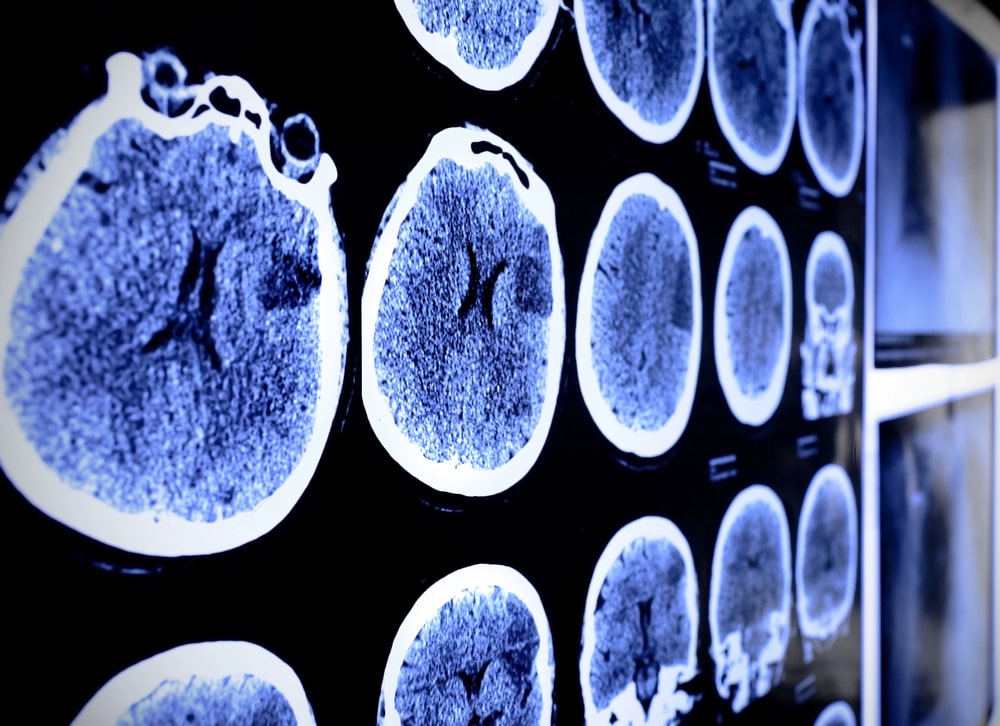When Falling Merchandise Causes Harm

Retail environments are rarely associated with serious injury, yet falling merchandise remains a known hazard. As a brain injury lawyer can share, even lightweight items dropped from high shelving can lead to long-term trauma. Stores have a duty to manage inventory safely and when that duty is overlooked, the consequences can be life-changing.
How Falling Items Cause Brain Trauma
Many stores use vertical storage to display goods or maximize floor space. Items can become dislodged due to vibrations, heavy foot traffic, unstable shelving systems, or careless handling. When heavier objects like glass bottles or kitchenware fall, they can strike the head and neck directly. That impact may cause concussions, contusions, skull fractures, or in more severe cases, internal brain bleeding. Even lighter merchandise dropped from a height of six or seven feet can produce enough force to result in a mild traumatic brain injury (TBI). Victims often underestimate this force thinking they’re fine at the moment only to develop symptoms hours or days later.
Warning Signs Often Go Ignored
Warnings of unsafe conditions are frequently overlooked in busy retail settings. Stores might fail to block off areas beneath restocking activities or neglect to post warning signs near unstable shelving. Employees under pressure to meet deadlines may stack items too close to the edge. Juggling product displays without proper restraints is common, and stores often reuse outdated fixtures without verifying structural integrity. Once an item falls, witnesses often describe the incident as coming “out of the blue,” yet most of these accidents trace back to preventable conditions. These can be due to gaps in staff training or inventory pressure for quick changes.
Delayed Symptoms And Diagnosis
Brain injuries don’t always present immediate symptoms. Some victims feel dazed or confused, develop headaches, dizziness, or experience delayed memory problems. Emergency room visits may result in discharge without imaging, especially if loss of consciousness wasn’t reported. In many cases, family members or coworkers observe mood changes, lack of concentration, or unusual fatigue. Subtle symptoms can persist without proper follow-up care and testing. Occupational or neurocognitive evaluations may not occur until weeks later making timely diagnosis and documentation even more crucial. Be sure to ask for a TBI evaluation when visiting the hospital after an injury such as this.
Why Documentation Matters
To hold a business accountable, it’s essential to document the incident thoroughly. This includes how the merchandise fell, where it struck the individual, and any visible injuries. Incident reports, surveillance footage, blueprints of the store layout, and employee statements all strengthen a case. Medical records tying the mechanism of injury to cognitive and physical symptoms are crucial. A personal injury lawyer can help gather this evidence, including store policy records, maintenance logs, and prior incident documentation. As soon as an accident occurs, contact help.
Legal Responsibility For Retailers
Retailers carry general responsibility for creating reasonably safe shopping environments. When staff place heavy or unstable goods above customer height without proper securing mechanisms such as shelf lips, restraints, or warning labels, they increase the risk of harm. Courts have found liability even when store policy prohibits overhead storage, if the policy was not enforced. Management’s knowledge of previous accidents or reports about unstable shelving can influence legal responsibility. Liability often depends on proving that the retailer either knew or should have known about the risk and failed to act.
Financial And Emotional Consequences
Unlike a broken bone, brain injuries can have long-lasting effects that aren’t always visible. Victims may face months of physical therapy, neuropsychological testing, and occupational rehabilitation. Common challenges include difficulty concentrating, memory lapses, emotional volatility, trouble with multitasking, and disrupted sleep patterns. These changes can interfere with work performance and personal relationships. Financial burdens include medical bills, unpaid time off, home modifications, and lost earning capacity. Compensation claims often account for both current costs and projected future needs.
Recovery And Return To Function
Recovering from a brain injury can be a slow process. Initial steps include rest and reduced cognitive load, while subsequent stages involve tailored rehabilitation programs focused on memory, speech, balance, and emotional regulation. Return to work may require gradual reintegration and occasional job modifications. Support services like vocational counseling and long-term medical monitoring might be necessary. Injury victims benefit from coordinated care plans and documentation of progress and residual deficits, which can influence settlement values.
Falling merchandise injuries often stem from predictable and preventable conditions. According to our friends at The Layton Law Firm, holding stores accountable for these incidents advances public safety and supports the recovery journey for injured shoppers. Talk to a lawyer in your area today if you have suffered an accident like this.

